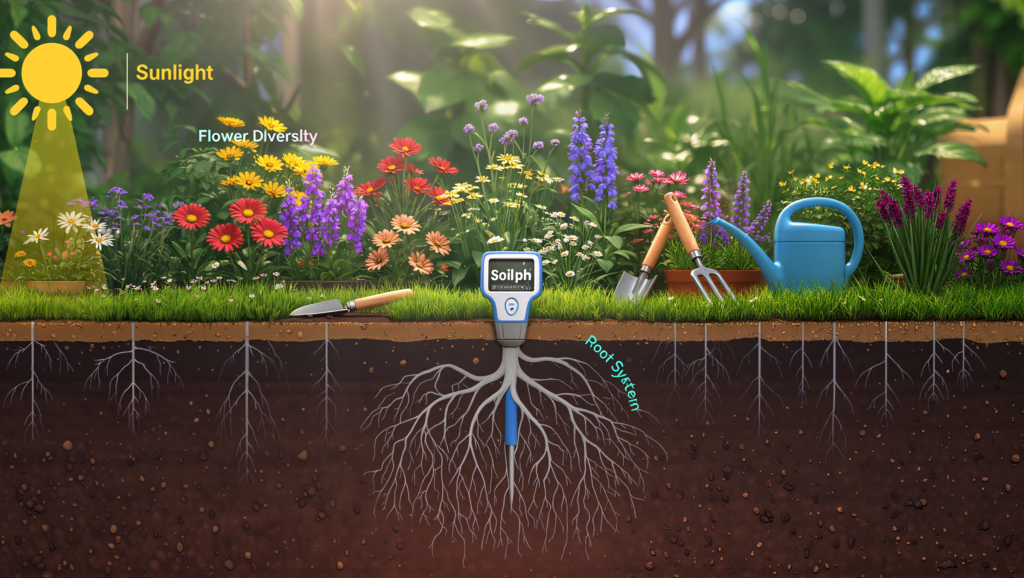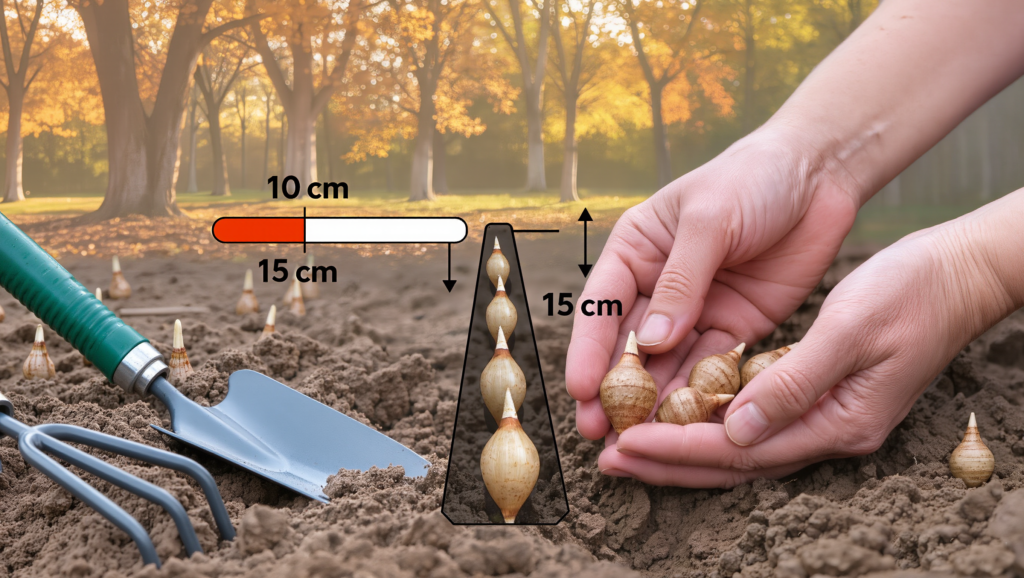Some kids stare at a vegetable in a plate like a math equation. Getting children to eat their vegetables can be one of the biggest challenges for parents. How do you feed food so essential with nutrients that are crucial for your child’s growth and development to Children who treat it like you are trying to poison them? If you’re struggling to get your little ones to embrace their greens, you’re not alone. But fear not—there are plenty of creative strategies to make vegetables more appealing to even the pickiest eaters we have at organicbiofoods have complile a list of five fun and effective ways to encourage your kids to enjoy their veggies.
1. Make Vegetables Fun with Creative Presentations
Children are naturally drawn to colorful and visually appealing foods. When you ,make vegetables look fun and exciting, you can capture their interest and encourage them to take a bite.
Ideas for Creative Presentations:
- Veggie Art: Arrange vegetables into fun shapes or faces on their plate. For example, use cucumber slices for eyes, a cherry tomato for a nose, and carrot sticks for a mouth. You can even create entire scenes, like a veggie garden with broccoli trees and carrot flowers.
- Rainbow Plates: Serve a variety of colorful vegetables on one plate to create a “rainbow.” This not only looks appealing but also introduces a range of nutrients from different vegetables.
- Veggie Skewers: Thread bite-sized pieces of vegetables onto skewers. The novelty of eating from a skewer can make vegetables more exciting. Add a dipping sauce, like hummus or ranch, for extra fun.
2. Incorporate Vegetables into Favorite Dishes
One of the easiest ways to get children to eat more vegetables is by sneaking them into dishes they already love. By blending or finely chopping vegetables and incorporating them into meals, your kids can enjoy their favorite foods while still getting a dose of veggies.
Ideas for Incorporating Vegetables:
- Smoothies: Add spinach, kale, or carrots to fruit smoothies. The natural sweetness of the fruit will mask the taste of the vegetables, and the vibrant color will make it look appealing.
- Pasta Sauces: Puree vegetables like zucchini, carrots, or bell peppers and mix them into tomato sauce for pasta. The veggies will blend in seamlessly, adding nutrients without altering the flavor.
- Baked Goods: Incorporate shredded zucchini or carrots into muffins, pancakes, or bread. These vegetables add moisture and nutrients without changing the taste.
3. Get Kids Involved in the Preparation Process
Children are more likely to eat what they’ve helped prepare. By involving them in the cooking process, you can spark their curiosity and encourage them to try new foods. When kids make even the most tasteless of foods, they usually enjoy eating it.
Ways to Get Kids Involved:
- Choose Recipes Together: Let your child pick a recipe that includes vegetables. When they have a say in what’s being cooked, they’ll feel more excited to eat it.
- Veggie Prep: Give your child age-appropriate tasks, like washing vegetables, tearing lettuce, or arranging veggies on a pizza. The hands-on experience makes them feel proud of their contribution.
- Grow Your Own Veggies: If possible, start a small vegetable garden or even grow herbs or veggies in pots. Watching their vegetables grow from seeds to edible plants can give children a sense of ownership and make them more eager to taste the fruits of their labor. We have a whole separate article on how to convert your balcony or small spaces into an small organic farm. Read it here
4. Create Veggie-Focused Games and Challenges
Children love games, and for the most veggie hating kids, turning vegetable-eating into a fun challenge can motivate them to take a plunge.
Here Are Some Game Ideas:
- Taste Test Challenge: Create a taste test with a variety of raw and cooked vegetables. Let your child taste each one and rate it on a scale from 1 to 10. Offer a small reward for trying every vegetable.
- Veggie Bingo: Make a bingo card with different vegetables. Every time your child tries a new veggie, they can mark it off their card. When they complete a row, they win a prize.
- Colorful Veggie Days: Dedicate each day of the week to a different color of vegetables. For example, “Red Veggie Day” could include tomatoes, red peppers, and radishes. This adds an element of fun and variety to their meals.
5. Lead by Example and Stay Positive
Hopefully you as a parent is not a Veggie Hater yourself. Children are keen observers and often mimic the behavior of their parents. If they see you enjoying vegetables, they’re more likely to follow suit. It’s also important to maintain a positive attitude about vegetables and avoid pressuring them, which can lead to resistance. You could for example,
- Eat Together: Make mealtime a family affair where everyone eats the same vegetables. Show enthusiasm when you’re eating your veggies, and talk about how tasty they are.
- Praise and Encourage: Offer plenty of praise when your child tries a new vegetable, even if they don’t like it right away. Positive reinforcement encourages them to keep trying.
- Avoid Negative Associations: Instead of forcing your child to eat vegetables, present them as a normal and enjoyable part of the meal. If they don’t want to eat a particular veggie, don’t make a big deal out of it—simply try again another time.
Finally, remember, patience is key—every small step counts, and over time, these creative strategies can make a big difference in your child’s diet. Goodluck! You are going to need it!








